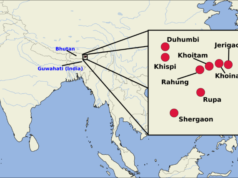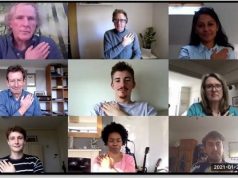The elusive and complex components of creativity was identified by computer experts. Credit: Anna Jordanous
The elusive and complex components of creativity have been identified by computer experts at the University of Kent.
Dr Anna Jordanous, lecturer in the School of Computing, worked with language expert Dr Bill Keller (University of Sussex) on how to define the language people use when talking about creativity, known in the field as computational creativity. With that knowledge it becomes possible to make computer programs use this language too.
Dr Jordanous and Dr Keller looked at what people say when they talk about “what is creativity” in academic discussions, from various disciplines – psychology, arts, business, and computational creativity.
In an article entitled Modelling Creativity: Identifying key components through a corpus-based approach, published by PLOS ONE, they describe a unique approach to developing a suitable model of how creative behaviour emerges that is based on the words people use to describe it. Computational creativity is a relatively new field of research into computer systems that exhibit creative behaviours.
Using language-analysis software they identified the creative words and grouped them into clusters. These are considered to be 14 components of creativity. These clusters have been used to evaluate the creativity of computational systems, and are expected to be a useful resource for other researchers in computational creativity, as well as forming a basis for the automated evaluation of creative systems.
Find your dream job in the space industry. Check our Space Job Board »
Source: University of Kent
Research Reference:
- Anna Jordanous et al, Modelling Creativity: Identifying Key Components through a Corpus-Based Approach, PLOS ONE (2016). DOI: 10.1371/journal.pone.0162959











